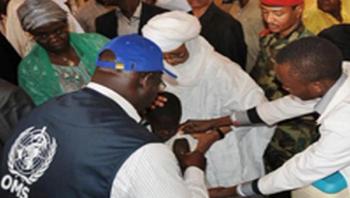
News


Growing evidence suggests that agricultural practices, especially widespread antibiotic use, could be contributing to the increasing antibiotic resistance problem in humans. In order to learn how to effectively control this spread of antibiotic resistance from livestock manure, the U.S. Department of Agriculture (USDA) has awarded a $2.25 million grant to a Virginia Tech team of engineers and scientists to examine the food chain from farm to fork.


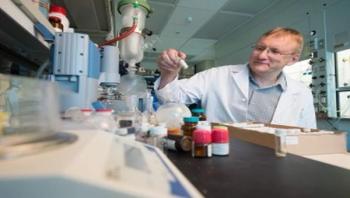
Researchers led by St. Jude Children's Research Hospital scientists have developed a second-generation antibiotic that shows early effectiveness against common bacterial infections that pose a serious health threat to children and adults. The findings appear today in the scientific journal Science Translational Medicine. The study marks the second time in recent years that St. Jude researchers have created promising antibiotics by changing the chemical structure of an old antibiotic named spectinomycin. Spectinomycin is a safe, but weak drug first introduced in the 1960s.

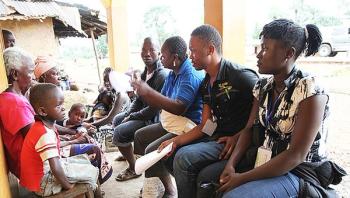
Cheikh Ibrahima Niang, a professor of medical and social anthropology at the Cheikh Anta Diop University in Dakar, Senegal, has researched anthropological aspects of a wide range of health issues. In July 2014, WHO asked him to investigate community attitudes to Ebola virus disease. He led a team of anthropologists to Sierra Leone just as the outbreak exploded in the eastern part of that country. This is what he found.



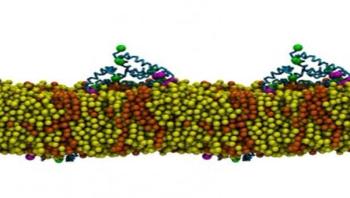
New research from the University of Southampton has identified how changes in the cell membrane play a pivotal role in how the hepatitis C virus replicates. By understanding this process, the researchers hope to investigate how to prevent the changes and potentially develop therapeutic drugs to combat the hepatitis C virus (HCV), which infects an estimated 170 million people globally.


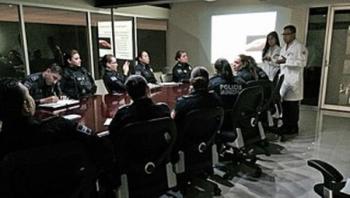
Research consistently shows that policing practices, such as confiscating or breaking needles, are key factors in the HIV epidemic among persons who inject drugs. Police officers themselves are also at risk of acquiring HIV or viral hepatitis if they experience needlestick injuries on the job - a significant source of anxiety and staff turnover.




Angela Merkel, chancellor of the Federal Republic of Germany, addressed delegates on the first morning of the 68th World Health Assembly, convened at World Health Organization (WHO) headquarters in Geneva. "The WHO is the only international organization that has universal political legitimacy on global health issues,” she says.

Nanoengineers at the University of California, San Diego developed a gel filled with toxin-absorbing nanosponges that could lead to an effective treatment for skin and wound infections caused by methicillin-resistant Staphylococcus aureus (MRSA). This "nanosponge-hydrogel" minimized the growth of skin lesions on mice infected with MRSA - without the use of antibiotics. The researchers recently published their findings online in Advanced Materials.


Machine learning can pinpoint rodent species that harbor diseases and geographic hotspots vulnerable to new parasites and pathogens. So reports a new study in the Proceedings of the National Academy of Sciences led by Barbara A. Han, a disease ecologist at the Cary Institute of Ecosystem Studies.


